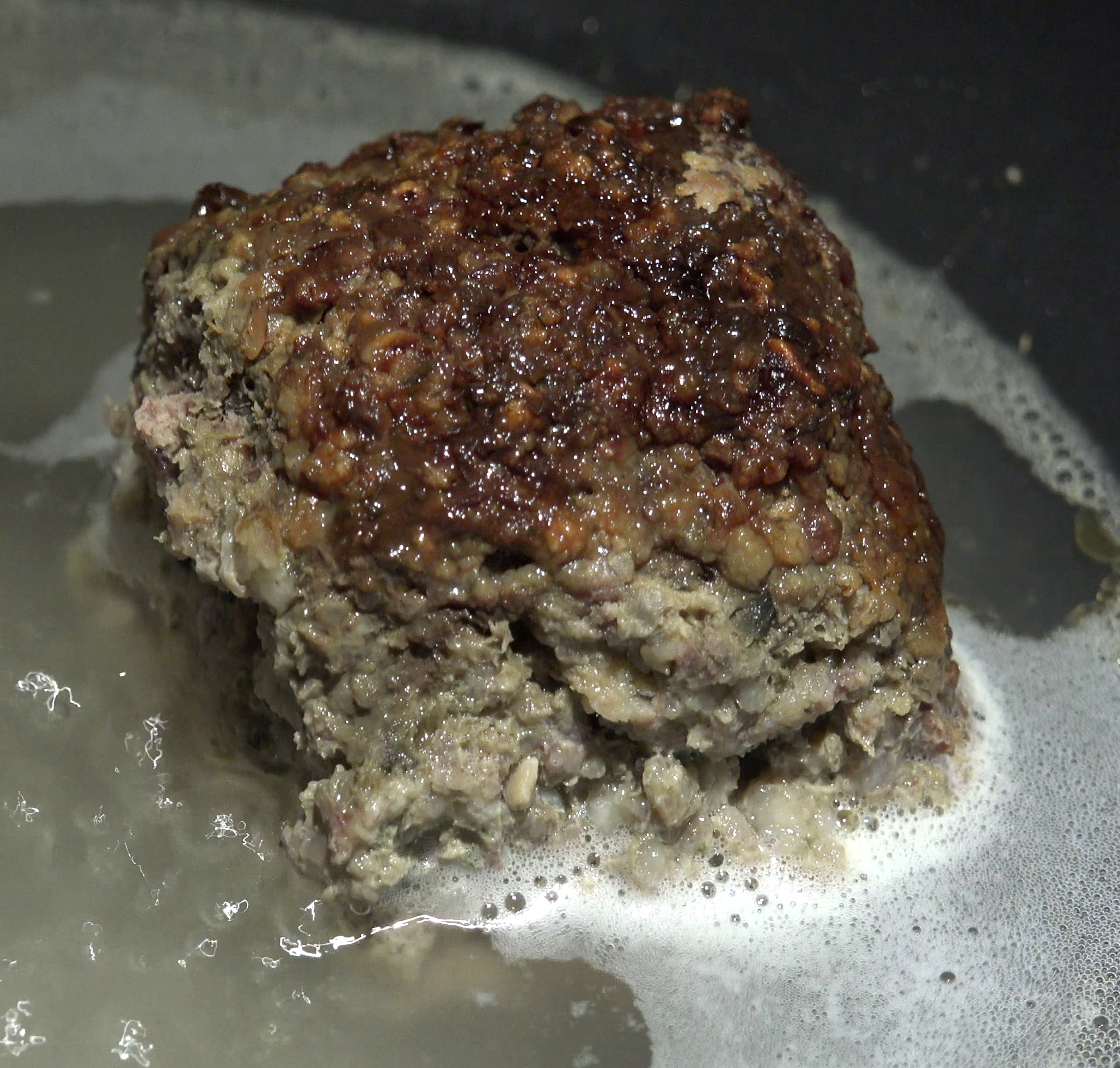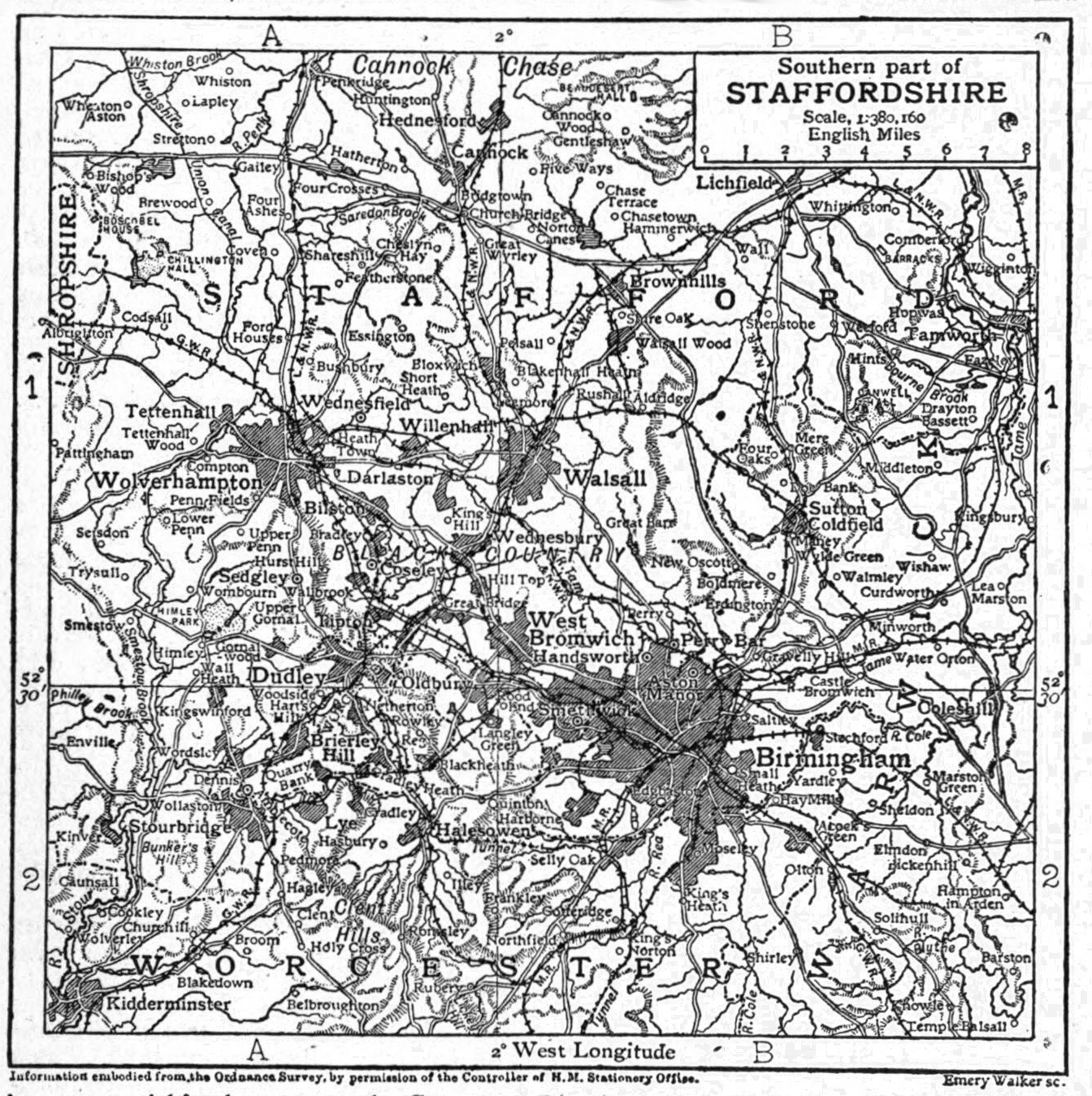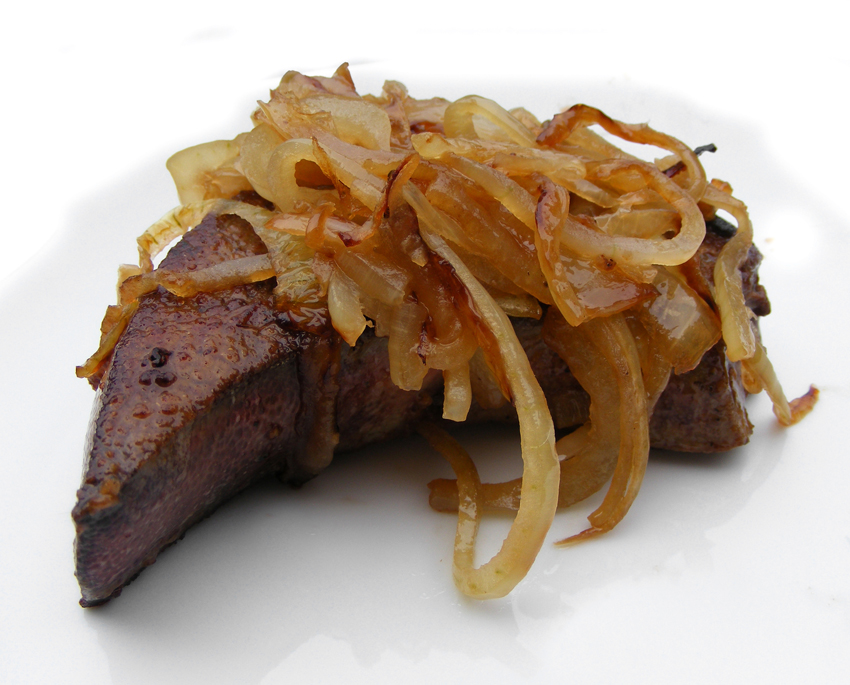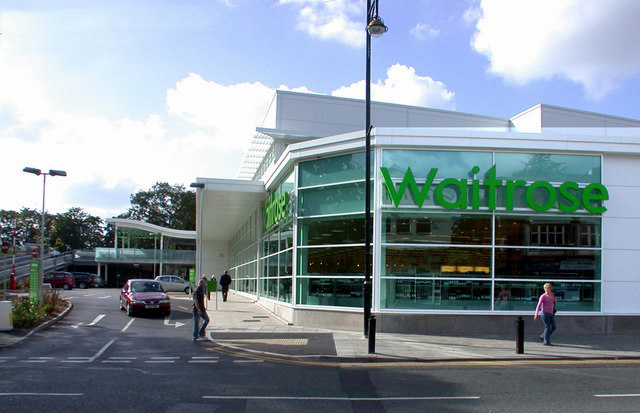|
Faggot (food)
Faggots are meatballs made from minced off-cuts and offal, especially pork (traditionally pig's heart, liver, and fatty belly meat or bacon) together with herbs for flavouring and sometimes added bread crumbs. It is a traditional dish in the United Kingdom, especially South and Mid Wales and the English Midlands. Faggots originated as a traditional cheap food consumed by ordinary country people in Western England, particularly west Wiltshire and the West Midlands. Their popularity spread from there, especially to South Wales in the mid-nineteenth century, when many agricultural workers left the land to work in the rapidly expanding industry and mines of that area. Faggots are also known as "ducks" in Yorkshire, Lincolnshire, and Lancashire, often as "savoury ducks". The first use of the term in print was in the ''Manchester Courier and Lancashire General Advertiser'' of Saturday 3 June 1843, a news report of a gluttonous man who ate twelve of them. Preparation and serving Co ... [...More Info...] [...Related Items...] OR: [Wikipedia] [Google] [Baidu] |
Marrowfat Peas
Marrowfat peas are green mature peas (''Pisum sativum'' L. or ''Pisum sativum'' var. ''medullare'') that have been allowed to dry out naturally in the field, rather than being harvested while still young like the normal garden pea. They are starchy, and are used to make mushy peas.The Garden Pea Retrieved 14 April 2012. Marrowfat peas with a good green colour are exported from the UK to Japan for the snack food market, while paler peas are used for canning. Those with thin skins and a soft texture are ideal for making mushy peas. Its name 'marrowfat' was coined around 1730 from ''marrow'' and ''fat''. Another source says the peas were named because people wanted plump (''fat'') peas of the ''Maro'' variety, a Japanese variety introduced to the UK in the early 20th century. See also * |
Mashed Potato
Mashed potato or mashed potatoes (American and Canadian English), colloquially known as mash (British English), is a dish made by mashing boiled or steamed potatoes, usually with added milk, butter, salt and pepper. It is generally served as a side dish to meat or vegetables. Roughly mashed potatoes are sometimes called smashed potatoes. Dehydrated instant mashed potatoes and frozen mashed potatoes are available. Mashed potatoes are an ingredient in other dishes, such as dumplings and gnocchi. Ingredients Most authors recommend the use of "floury" potatoes with a high ratio of amylose in their starch to achieve a fluffy, creamy consistency and appearance. The best-known floury varieties are King Edward, golden wonder, and red rascal in Britain and the Russet in North America. However, some recipes use "waxy" potatoes containing more amylopectin in their starch for a different texture or look; for instance, one pounded mashed potato dish from Yunnan cuisine (in southwestern C ... [...More Info...] [...Related Items...] OR: [Wikipedia] [Google] [Baidu] |
West Midlands (region)
The West Midlands is one of nine official regions of England at the ITL 1 statistical regions of England, first level of International Territorial Level for Statistics, statistical purposes. It covers the western half of the area traditionally known as the Midlands (England), Midlands. The region consists of the ceremonial counties of england, counties of Herefordshire, Shropshire, Staffordshire, Warwickshire, West Midlands (county), West Midlands and Worcestershire. The region has seven cities; Birmingham, Coventry, Hereford, Lichfield, Stoke-on-Trent, Wolverhampton and Worcester, England, Worcester. The West Midlands region is geographically diverse, from the urban central areas of the West Midlands conurbation to the rural counties of Herefordshire, Shropshire and Worcestershire which border Wales. The region is landlocked. However, the longest river in the UK, the River Severn, traverses the region southeastwards, flowing through the county towns of Shrewsbury and Worc ... [...More Info...] [...Related Items...] OR: [Wikipedia] [Google] [Baidu] |
Black Country
The Black Country is an area of the West Midlands county, England covering most of the Metropolitan Boroughs of Dudley, Sandwell and Walsall. Dudley and Tipton are generally considered to be the centre. It became industrialised during its role as one of the birth places of the Industrial Revolution across the English Midlands with coal mines, coking, iron foundries, glass factories, brickworks and steel mills, producing a high level of air pollution. The name dates from the 1840s, and is believed to come from the soot that the heavy industries covered the area in, although the 30-foot-thick coal seam close to the surface is another possible origin. The road between Wolverhampton and Birmingham was described as "one continuous town" in 1785. Extent The Black Country has no single set of defined boundaries. Some traditionalists define it as "the area where the coal seam comes to the surface – so West Bromwich, Coseley, Oldbury, Blackheath, Cradley Heath, Old Hill, B ... [...More Info...] [...Related Items...] OR: [Wikipedia] [Google] [Baidu] |
Meatball
A meatball is ground meat rolled into a ball, sometimes along with other ingredients, such as bread crumbs, minced onion, egg (food), eggs, butter, and seasoning. Meatballs are cooked by frying, baking, steaming, or braising in sauce. There are many types of meatballs using different types of meats and spices. The term is sometimes extended to meatless versions based on vegetables or fish; the latter are also commonly known as fishballs. History The Ancient Rome, ancient Roman cookbook ''Apicius'' included many meatball-type recipes. Early recipes included in some of the earliest known Iranian cuisine, Persian cookbooks generally feature seasoned lamb rolled into orange-sized balls and glazed with egg yolk and sometimes saffron. This method was taken to the West and is referred to as gilding. Many regional variations exist, including the unusually large ''kufte Tabrīzī'' from Iran's northwestern region, with an average diameter of . ''Poume d'oranges'' is a gilded meatbal ... [...More Info...] [...Related Items...] OR: [Wikipedia] [Google] [Baidu] |
Onion
An onion (''Allium cepa'' L., from Latin ''cepa'' meaning "onion"), also known as the bulb onion or common onion, is a vegetable that is the most widely cultivated species of the genus ''Allium''. The shallot is a botanical variety of the onion which was classified as a separate species until 2010. Its close relatives include garlic, scallion, leek, and chive. This genus also contains several other species variously referred to as onions and cultivated for food, such as the Japanese bunching onion (''Allium fistulosum''), the tree onion (''A.'' × ''proliferum''), and the Canada onion (''Allium canadense''). The name ''wild onion'' is applied to a number of ''Allium'' species, but ''A. cepa'' is exclusively known from cultivation. Its ancestral wild original form is not known, although escapes from cultivation have become established in some regions. The onion is most frequently a biennial or a perennial plant, but is usually treated as an annual and harvested in its f ... [...More Info...] [...Related Items...] OR: [Wikipedia] [Google] [Baidu] |
Liver (food)
The liver of mammals, fowl, and fish is commonly eaten as food by humans (see offal). Pork, lamb, veal, beef, chicken, goose, and cod livers are widely available from butchers and supermarkets while stingray and burbot livers are common in some European countries. Animal livers are rich in iron, copper, the B vitamins and preformed vitamin A. Daily consumption of liver can be harmful; for instance, vitamin A toxicity has been proven to cause medical issues to babies born of pregnant mothers who consumed too much vitamin A. A single serving of beef liver exceeds the tolerable upper intake level of vitamin A. 100 g cod liver contains 5 mg of vitamin A and 100 µg of vitamin D. Liver contains large amounts of vitamin B12, and this was one of the factors that led to the discovery of the vitamin. Etymology From Middle English liver, from Old English , from Proto-Germanic , from Proto-Indo-European "to smear, smudge, stick", from Proto-Indo-European - "to be sl ... [...More Info...] [...Related Items...] OR: [Wikipedia] [Google] [Baidu] |
Frozen Food
Freezing food preserves it from the time it is prepared to the time it is eaten. Since early times, farmers, fishermen, and trappers have preserved grains and produce in unheated buildings during the winter season. Freezing food slows decomposition by turning residual moisture into ice, inhibiting the growth of most bacterial species. In the food industry, food commodity industry, there are two processes: mechanical and cryogenic (or flash freezing). The freezing kinetics is important to preserve the food quality and texture. Quicker freezing generates smaller ice crystals and maintains cellular structure. Cryogenic freezing is the quickest freezing technology available due to the ultra low liquid nitrogen temperature . Preserving food in domestic kitchens during modern times is achieved using household freezers. Accepted advice to householders was to freeze food on the day of purchase. An initiative by a supermarket group in 2012 (backed by the UK's Waste & Resources Action Progr ... [...More Info...] [...Related Items...] OR: [Wikipedia] [Google] [Baidu] |
Butcher
A butcher is a person who may Animal slaughter, slaughter animals, dress their flesh, sell their meat, or participate within any combination of these three tasks. They may prepare standard cuts of meat and poultry for sale in retail or wholesale food establishments. A butcher may be employed by supermarkets, grocery stores, butcher shops and fish markets, slaughter houses, or may be Self-employment, self-employed. Butchery is an ancient trade, whose duties may date back to the domestication of livestock; its practitioners formed guilds in England as far back as 1272. Since the 20th century, many countries and local jurisdictions offer Professional certification, trade certifications for butchers in order to ensure quality, safety, and health standards but not all butchers have formal certification or training. Trade qualification in English-speaking countries is often earned through an apprenticeship although some training organisations also certify their students. In Canada, on ... [...More Info...] [...Related Items...] OR: [Wikipedia] [Google] [Baidu] |
Waitrose
Waitrose & Partners (formally Waitrose Limited) is a brand of British supermarkets, founded in 1904 as Waite, Rose & Taylor, later shortened to Waitrose. It was acquired in 1937 by employee-owned retailer John Lewis Partnership, which still sells groceries under the brand. Its head offices are located in Bracknell and Victoria, England. Waitrose & Partners has 332 shops across the United Kingdom, including 65 "little Waitrose" convenience shops, and a 5.1% share of the grocery market, making the company the twelfth-largest retailer of groceries in the UK. They also export products to 52 countries and have locations in the Middle East. The chain has been described by ''The Daily Telegraph'' and ''The Guardian'' as having an "upmarket" reputation, although former managing director Mark Price suggested prices are competitive to Tesco, a mid-market chain. The company also had a royal warrant to supply groceries, wine, and spirits to Queen Elizabeth II and, as of 1 January 2011 ... [...More Info...] [...Related Items...] OR: [Wikipedia] [Google] [Baidu] |
Rationing In The United Kingdom
Rationing was introduced temporarily by the British government several times during the 20th century, during and immediately after a war. At the start of the Second World War in 1939, the United Kingdom was importing 20 million long tons of food per year, including about 70% of its cheese and sugar, almost 80% of fruit and about 70% of cereals and fats. The UK also imported more than half of its meat and relied on imported feed to support its domestic meat production. The civilian population of the country was about 50 million. It was one of the principal strategies of the Germans in the Battle of the Atlantic to attack shipping bound for Britain, restricting British industry and potentially starving the nation into submission. To deal with sometimes extreme shortages, the Ministry of Food instituted a system of rationing. To buy most rationed items, each person had to register at chosen shops and was provided with a ration book containing coupons. The shopkeeper was provide ... [...More Info...] [...Related Items...] OR: [Wikipedia] [Google] [Baidu] |
Testicles As Food
The testicles of calves, lambs, roosters, turkeys, and other animals are eaten in many parts of the world, often under euphemistic culinary names. Testicles are a by-product of the castration of young animals raised for meat, so they were probably a late-spring seasonal specialty, though nowadays they are generally frozen and available year-round. Cookery Testicles are cooked in a variety of ways: sautéed and sauced, fricasseed, deep-fried with breading or batter, in pies, poached, roasted, and so on. Before cooking, they are generally scalded, skinned, and soaked in cold water.Prosper Montagné, Larousse Gastronomique, 1938 Names In English, testicles are known by a wide variety of euphemisms, including "stones", "Rocky Mountain oysters",and "prairie oysters". Lamb testicles are often called 'lamb fries' or simply fries (though that may also refer to other organ meats). Euphemisms are used in many other languages. In Arabic countries such as Lebanon and Syria or Iraq ... [...More Info...] [...Related Items...] OR: [Wikipedia] [Google] [Baidu] |







.jpg)


